Comprised of a multidisciplinary team of designers, technology experts, e-commerce gurus, innovation strategists, entrepreneurs, branding experts and marketers, Lookcast is a young app aspiring to change the established perception of designer lookbooks and re-introduce them as powerful, manifold tools of brand promotion. Lookcast allows brands of every size to generate storytelling that is fast and iterative, and responds to consumer needs, trends, campaigns and events. That said, Lookcast lookbooks can be tailored through messaging, style, merchandizing and even formatting to a particular channel or audience. The app also provides metrics and useful insights, so that designers can track the interest and traffic for each story. We caught up with co-founder David M. Krell to discuss launching Lookcast, reinventing the way we think about lookbooks and promoting Lookcast through the media.

Who is behind Lookcast team?
I cofounded Lookcast with my friends Boo Fagan and Luigi Guadagno. The three of us have backgrounds in design and the business of fashion. Boo was a brand strategist and ran an independent design label; Luigi worked with enterprise e-commerce & IT for large lifestyle brands at the cusp of the digital revolution, and I both practiced product design and launched a platform for connecting and supporting Chicago’s design community.
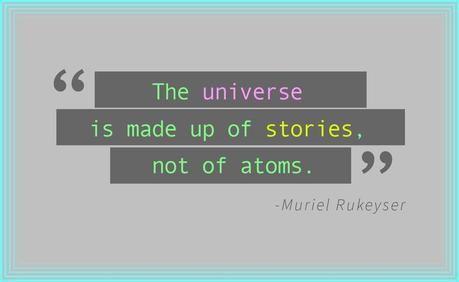
What prompted your decision to launch Lookcast?
It was really about leveling the playing field for designers, so that brands of every size could make engaging visual content. Anyone can create beautiful stories now, and that’s what’s so exciting about Lookcast. We are a part of this new design world order that places quality over resources and talent over labels. With Lookcast you can create an interactive lookbook, design proposal, microsite, brand story, or portfolio in minutes with no IT department or technical know how.
Each of our founders brought LOOKCAST to fruition in a unique way. I get so much joy out of working with and learning about our customers, listening to their feedback and putting that back into our product. Boo was so close to the particular challenges of running an independent label, she helped us understand the real day-to-day pain points and also how important Lookcast could become to a growing global independent design movement. Luigi has decades of experience with large brands, but as a technology expert he saw that the industry was “flattening”. As a team, we had a prototype in 2014, which gave us both insight into the viability of our business model and our value proposition. We had a couple hundred users and some established brands using the platform, but we wanted investment to take us to the next level. At the beginning of 2015 we received funding from FIRA, an Italian VC fund. This enabled us to redevelop the app to be more powerful, scalable and to grow our core IT team. Now our platform is actually strong enough to support major luxury brands and emerging designers.
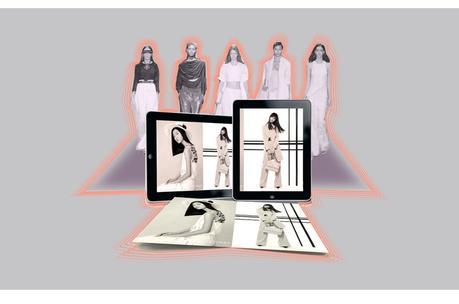

Which is the most important thing when it comes to getting a lookbook noticed?
Outside of graphic design best practices, which I know your readership already understands, the quality of the storytelling. It sounds simple, but it’s a unique challenge. A good story is focused and driven by a singular message, it has a clear narrative progression and it connects to the viewer in an emotional way. Designers are natural storytellers, but composing a powerful lookbook story is like sharpening your skills in a slightly new medium.
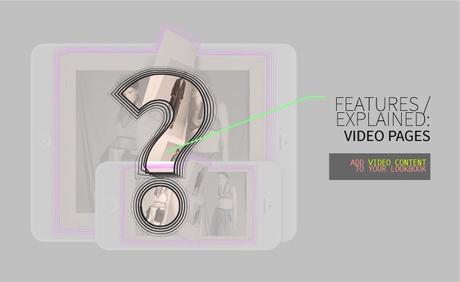
Apart from designers, are you interested in integrating any other professionals in your app?
Basically anyone who works in a lifestyle industry can leverage Lookcast for visual storytelling. I love being surprised by the types of professionals that we see using the app – fashion and interior designers, pastry chefs, landscape architects, travel agencies, wedding planners, makeup artists, luxury brands. For me, this is the most rewarding thing about having a product online that anyone can use.
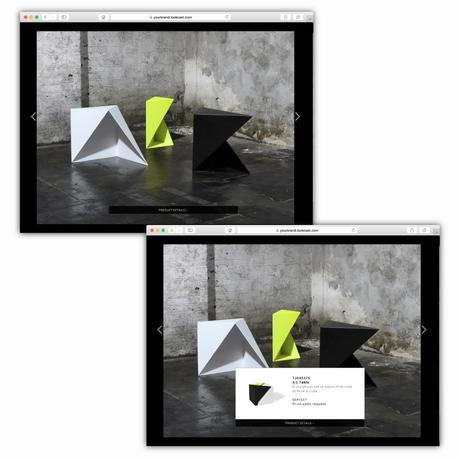
Besides promoting their lookbooks, do you also help designers in the creative part – providing inspiration or creative guidance?
Currently we don’t supply create support outside of our blog, where we try to always anticipate questions about a given feature or to highlight best practices. However, we do offer both storytelling and lookbook design services for any brands that subscribe to our enterprise tiers. This allows our small team to spend the extra time it requires to focus on a single project or customer.

You also run a blog. What other media are important to you to spread your vision?
Because our usership is very international, we use both Twitter and Instagram to chat about industry events, to share lookbook tips and to stay connected with our emerging design community. We also love Instagram. For a visual storytelling company, it’s a fun way to share beauty and to discover talented new brands.
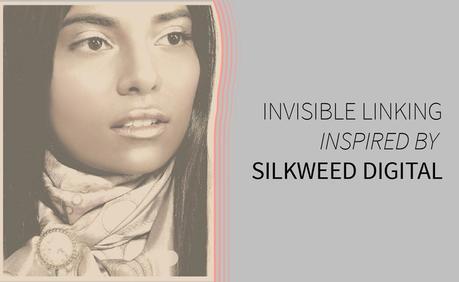
In what ways are you trying to stay ahead of the fashion apps industry, and keep your app always relative? Are there any challenges, and which are they?
From a technology perspective, it’s not particularly challenging to stay ahead because we have a strong platform and a very talented team. In terms of the product, the key for me is to not over-complicate or over-offer and to always pay attention to real user needs. Instead, where we try to stay ahead is through positioning differentiation. Many other apps in fashion/tech try to become everything – the ultimate e-commerce network for discovering emerging designers or the ideal CRM/ERP/Inventory management solution. We are not a website builder, a social network, an e-commerce platform, or a destination site. Lookcast is simply a tool for designers to leverage and bring into their current workflow and technology stack to make their lives easier and to make their storytelling more beautiful and interactive.
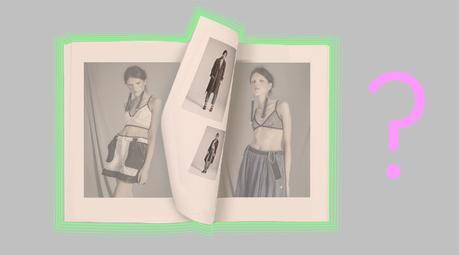
Could you please explain to us how a lookbook can work and adapt according to different needs through Lookcast?
Lookcast is designed to flexible. It is the only platform that has the concept of lookbook campaigns, which means that once you are done designing, a single lookbook can be packaged and formatted for different business uses, digital channels and audiences. Designers can effectively make one document that can be sent to press with high-res image downloads, sent to buyers and stockists with line-sheets, wholesale pricing and password protection, sent virally on social media platforms or embedded in a website. Users can even add buy now links to make their stories shoppable or other calls to action, depending on their unique brand and products. So while our Editor gets a lot of attention for pushing the boundaries of what a web application can do, our Campaign Manager is really what enables users to tailor the experience of viewing their lookbook to suit their business goals.
Here is an embeded lookbook example from one of our favorite customers, href=”http://tx3.it/en/homeok/” target=”_blank”>TX3, a global emerging design collective out of Milan:
What are your future plans?
The next BIG feature we are working on is “themes”. These are pre-styled lookbooks that our users can leverage to help them more quickly design interactive and beautiful lookbooks. It’s one of the ways we’re going to help users design better stories. We’re designers too, and we know that sometimes a blank page can actually block creativity vs. encourage it. Beyond that, we have tons of exciting things coming down the pipeline including features that involve mobile and Instagram… but I can’t give it all away.
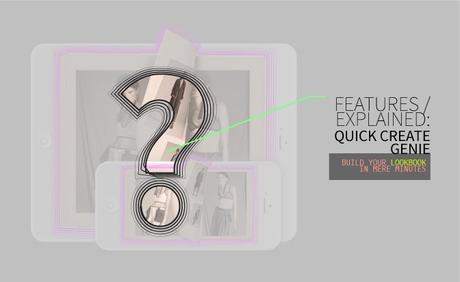
www.lookcast.com
Images © Lookcast

